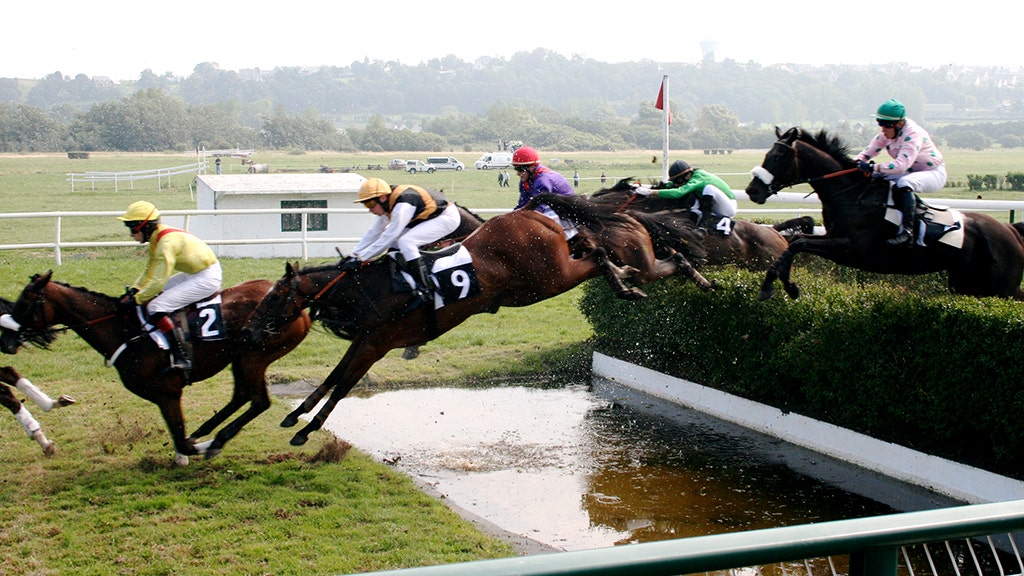The Mechanics of a Steeplechase Fall: Men’s Steeplechase Fall

The steeplechase, a demanding and exhilarating track and field event, is characterized by its unique obstacles, including hurdles and a water jump, which significantly increase the risk of falls. Understanding the mechanics of these falls is crucial for athletes, coaches, and spectators alike to appreciate the inherent dangers and appreciate the athletes’ incredible skill and resilience.
Types of Steeplechase Falls
Falls in steeplechase can occur due to various factors, including misjudging the obstacles, fatigue, and collisions. The types of falls can be broadly categorized as follows:
- Falls over hurdles: The most common type of fall occurs while clearing hurdles. These falls can result from a variety of factors, such as a mistimed leap, insufficient clearance, or landing awkwardly on the other side of the hurdle.
- Falls over the water jump: Water jumps pose a unique challenge, requiring athletes to maintain their balance and speed while entering and exiting the water. Falls in the water jump can occur due to misjudging the entry or exit, losing balance during the jump, or landing awkwardly on the other side.
- Falls due to fatigue: As the race progresses, fatigue can affect an athlete’s coordination and balance, increasing the risk of falling. Fatigue-induced falls often occur during the latter stages of the race when athletes are pushing their limits.
- Falls due to collisions: Collisions between athletes are a common occurrence in the steeplechase, especially during the tight turns and crowded sections of the track. These collisions can result in falls, particularly if athletes lose their balance or are knocked off their feet.
Biomechanics of a Steeplechase Fall, Men’s steeplechase fall
Understanding the biomechanics of a steeplechase fall is essential for preventing injuries and promoting safe participation. Several factors contribute to the forces involved in a fall, including:
- Speed: The high speeds at which steeplechase athletes run significantly amplify the forces involved in a fall. The greater the speed, the greater the momentum, resulting in a more significant impact upon landing.
- Momentum: Momentum is a product of an athlete’s mass and velocity. The greater the momentum, the harder it is to change direction or stop suddenly, which can lead to falls.
- Landing impact: The impact forces experienced during a fall depend on the landing surface, the athlete’s body position, and the force of the fall. Falls onto hard surfaces, such as the track, can result in more severe injuries than falls onto softer surfaces, such as the water jump.
Men’s steeplechase fall – Seeing a bloke go down in the steeplechase is proper gutting, innit? Makes you think about how much effort goes into those hurdles and water jumps. It’s a whole different ball game compared to the 400 m final men , where it’s all about pure speed and strategy.
Still, gotta admire the guts of those steeplechasers, they’re proper tough cookies.
Seeing a bloke go down in the steeplechase is a proper gut-wrenching moment, innit? Like, you feel for the fella, especially when you’re thinking about how the likes of Lamecha Girma would have been putting in the hours to get to that point.
It’s a real shame when a good run gets cut short, but hey, that’s the steeplechase, it’s a proper test of grit and determination, and those barriers ain’t messing around!